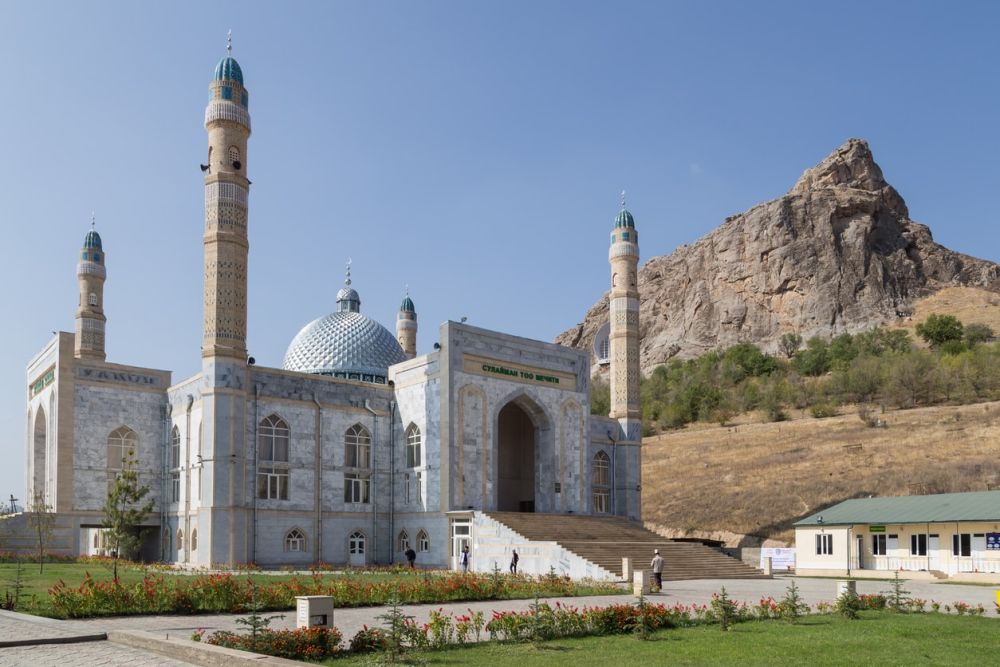

The food history surrounding Rabat Abdul Khan Mosque in Osh, Kyrgyzstan, is deeply intertwined with the vibrant tapestry of cultures that have traversed the Silk Road. While the mosque itself, being a place of worship, is not directly associated with food, the region has a long history of culinary traditions influenced by nomadic lifestyles, agricultural practices, and trade connections. Osh, as one of the oldest cities in Central Asia, has been a melting pot where Kyrgyz, Uzbek, Tajik, and Russian flavors blend to create a unique gastronomic heritage. The dishes often feature grains, dairy, and vegetables, with meat typically from sheep, goat, and chicken due to the Halal dietary laws observed by the Muslim population.
Famous for its Plov (Non-Veg) and a variety of traditional Kyrgyz dishes, this restaurant offers a taste of the regional cuisine within a setting that highlights the local culture.
Here, tourists can explore a range of street food options, including Lagman (Non-Veg) and Samsa (Non-Veg), which offer an authentic taste of Osh's local eats in a bustling market atmosphere.
For those looking for comfort food with a western twist, this café is known for its Oromo (Veg), giving customers a vegetarian option amidst the meat-heavy local dishes.
While the focus in this region tends to be on meat dishes, as noted in the list above, vegetarian tourists may need to actively seek out places like California Café that offer vegetarian-friendly options or explore local bazaars where they might find vegetable-based dishes like Ashlan-Fu.